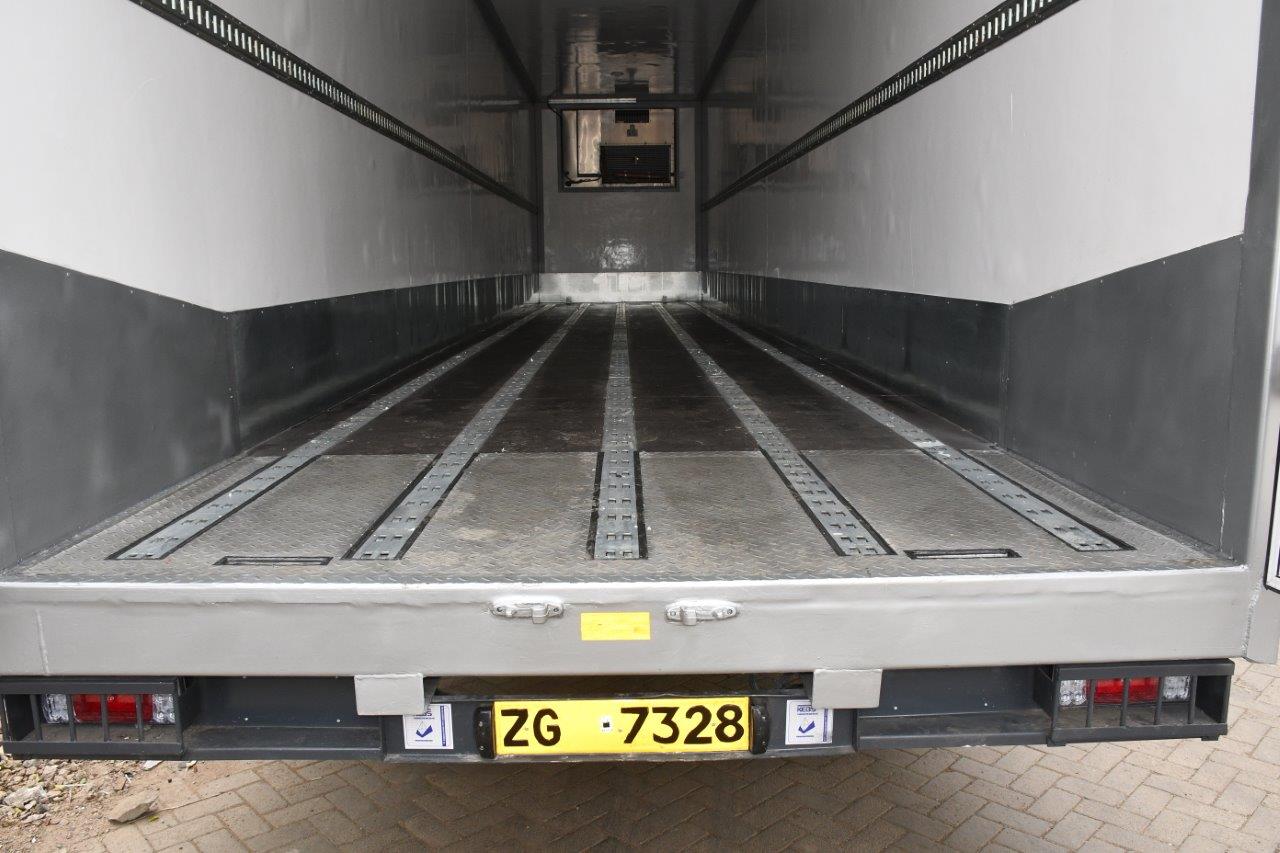Navigating the Loading Bay’s Hidden Risks
26th April 2024

Transport and logistics is a highly regulated industry when it comes to health and safety, writes Wouter Satijn (pictured), Sales Director of Joloda Hydraroll. Companies take their legal duty to comply with these regulations very seriously. Still, in 2023, 55,000 UK workers suffered from work-related health issues, and 29,000 workers were injured.
To truly safeguard employees and the business, adherence to safety regulations is just the beginning. An extraordinary mix of external considerations is also influencing the warehouse environment. This means transport and logistics companies must constantly be on the lookout for new risks, and proactive ways to improve and implement better working practices.
With a high proportion of accidents happening in or around the loading bay, this is one of the most dangerous areas for businesses to address first.
Influencing factors
Employers need to foresee new ways to protect their staff from factors that could be undermining their safety procedures in high-risk areas such as the loading bay, including:
1. Loss of labour. It’s well known in the industry that factors such as an ageing population, socio-economic impacts, and a growing technology skills gap have contributed to a shortage of labour. Companies have fewer experienced employees who are knowledgeable about their operations, processes, and safety procedures to lead by example.
2. Changing priorities and expectations. What employees now look for in their work and workplace is perceived to be at odds with what employers can offer. And it seems that employers agree: 64% of chief supply chain officers felt that generational differences in employment preferences would have a long-term impact on labour availability. According to recent research, Gen Y and Z seek a greater emphasis on the self, more social awareness, clear career progression, and use of modern technologies, meaning they are less prepared to take on tasks they consider mundane or repetitive. Those who are not happy or engaged in their work are at higher risk of making a mistake or experiencing mental health problems.
3. Recruitment challenges. For the reasons mentioned, recruiting new employees to replace the logistics workforce has proven extremely difficult. One survey found that 64% of businesses across materials handling, distribution, or fulfilment had forgone business worth more than 25% of their revenue in 2022 because of staffing issues. Recruits who are unfamiliar with the processes and risks demand lots of training hours and add pressure on the remaining workforce to increase their productivity. Procedural errors are more likely, which can result in accidents or create new risks.
4. High levels of staff turnover. When new employees are recruited, warehousing and logistics businesses seem to experience higher than average levels of staff turnover. Despite the logistics sector employing more than 2.6 million people, over 90% have never considered a career in the logistics sector. As labour shortages intensify, staff may feel they have to cut corners or rush, increasing falls or incidents with vehicles.
5. Higher velocity fulfilment.The global logistics market has experienced tremendous growth in recent years and is projected to expand further at an annual growth rate of around 17.1% from 2023 to 2030. But a drop in staff numbers combined with higher velocity fulfilment and the resulting demand for larger warehousing and logistics facilities is creating an unsustainable situation. A cycle of staffing challenges risks compromising employee well-being and, as a result, operational performance.
Improving loading safety with automation
The loading bay lies at the heart of every logistics operation. It’s a hub of fast-paced activity between people and vehicles, which is what makes it one of the most dangerous areas of a warehouse or factory in the first place. Companies can have particular difficulties recruiting and retaining new employees here, further exacerbating safety challenges.

As well as being dangerous, loading bays are hard places to work. Loading and unloading goods on and off the trailers is highly repetitive, which causes lapses in concentration. There are also the limitations on space to manage, as well as the constant noise and risk of moving forklifts. Add in the escalating operational demands and it’s easy to see how current circumstances can increase the chance of accidents.
Introducing automation to the loading area will significantly enhance safety and reliability throughout the loading and unloading process. An automated loading system moves goods quickly through the loading docks with no need for forklift trucks. Processes are more efficient, meaning deadlines are hit without the extra pressure on staff. Space can be better optimised throughout the facility, and a far calmer, low-stress environment is possible, even in the event of staffing challenges or peak demands.
The loading bay is a prime example of an area that could be optimised using automation to benefit the entire business operation. Automated loading systems alleviate recruitment strains and ensure a safer, more fulfilling, and enjoyable environment for the existing workforce. For information on all the factors that could be undermining your safety standards in the loading area right now, and to find out how automation could benefit your business, download this guide from Joloda Hydraroll.
read more
Case Study: Loading Bay Technology at High-Spec Business Park

